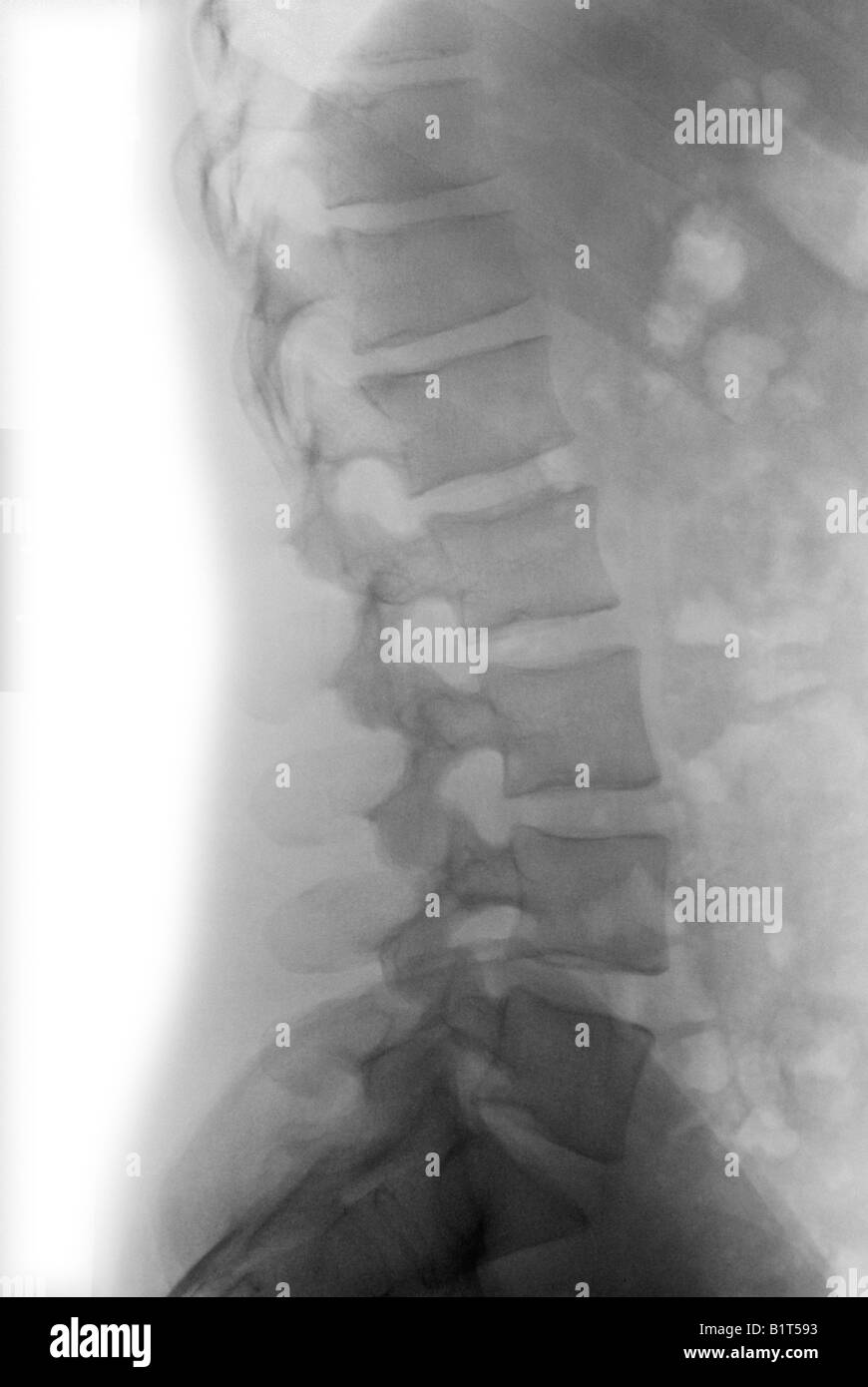Xr L Spine Complete
Posted : admin On 7/17/2022The neck, also called the cervical spine, is a well-engineered structure of bones, nerves, muscles, ligaments, and tendons. The cervical spine is delicate—housing the spinal cord that sends messages from the brain to control all aspects of the body—while also remarkably strong and flexible, allowing the neck to move in all directions.

. Compression fracture (Cervical Spine). Degenerative disc disease. Disk herniation radiculopathy 72141 MRI lumbar spine w/ & w/o contrast. Malignancy. Failed back syndrome. Pathologic compression fracture (Lumbar Spine) 72158 P E L V I S SPI N E. Current price list – Spine. Top X-ray, Digital Spine. Procedure / Service. Cervical (upper spine), 6 or more views (Outpatient) $ 150 Cervical. 78607 Brain Imaging Complete Study Tomograhpic Spect 78814 PET W/CT - Chest, Head, Neck. 72133 CT L Spine W/O & W/ Contrast 75571 CT Heart W/O Dye W/CA Test.
The neck is connected to the upper back through a series of seven vertebral segments.
Watch:Cervical Spine Anatomy Video
The cervical spine has 7 stacked bones called vertebrae, labeled C1 through C7. The top of the cervical spine connects to the skull, and the bottom connects to the upper back at about shoulder level. As viewed from the side, the cervical spine forms a lordotic curve by gently curving toward the front of the body and then back.
Roles of the Cervical Spine
The cervical spine performs several crucial roles, including:
- Protecting the spinal cord. The spinal cord is a bundle of nerves that extends from the brain and runs through the cervical spine and thoracic spine (upper and middle back) prior to ending just before the lumbar spine (lower back). Each vertebra has a large hole (vertebral foramen) for the spinal cord to pass through. Together, these vertebrae keep the spinal cord shielded inside a bony tunnel called the spinal canal.
Watch Cervical Spinal Cord Anatomy Animation
- Supporting the head and its movement. The cervical spine handles a heavy load, as the head weighs on average between 10 and 13 pounds. In addition to supporting the head, the cervical spine allows for the neck’s flexibility and head’s range of motion.
- Facilitating flow of blood to the brain. Small holes (foramina in the transverse processes) in the cervical spine provide a passageway for vertebral arteries to carry blood to the brain. These openings for the blood vessels are present only in the vertebrae of the cervical spine from C1 down to C6 (not in C7 or lower).
With so many critical nerves, blood vessels, and joints in such a relatively small space, the cervical spine is one of the body’s most complicated regions.
Movements of the Cervical Spine
The cervical spine is the most mobile region of the spine. Head and neck motions typically involve one or more of the following movements of the cervical spine:
- Flexion. The cervical spine bends directly forward with the chin tilting down. Neck flexion typically occurs when looking downward or while in forward head posture, such as when sitting with poor posture at a computer.
- Extension. The cervical spine straightens or moves directly backward with the chin tilting up. Neck extension is common when performing overhead work.
- Rotation. The cervical spine and head turn to one side. Neck rotation is particularly useful when trying to look to the side or over the shoulder, such as when backing up a car.
- Lateral flexion. The cervical spine bends to one side with the ear moving toward the shoulder.
Xr L Spine Complete X-ray

Xr Lumbar Spine Complete

Some movements can be performed in combination, such as rotating the neck while also flexing it forward.
Rx Lumbar Spine Complete Cpt
The cervical vertebrae, discussed on the next page, play a key role in maintaining the neck’s functions and facilitating its movements.